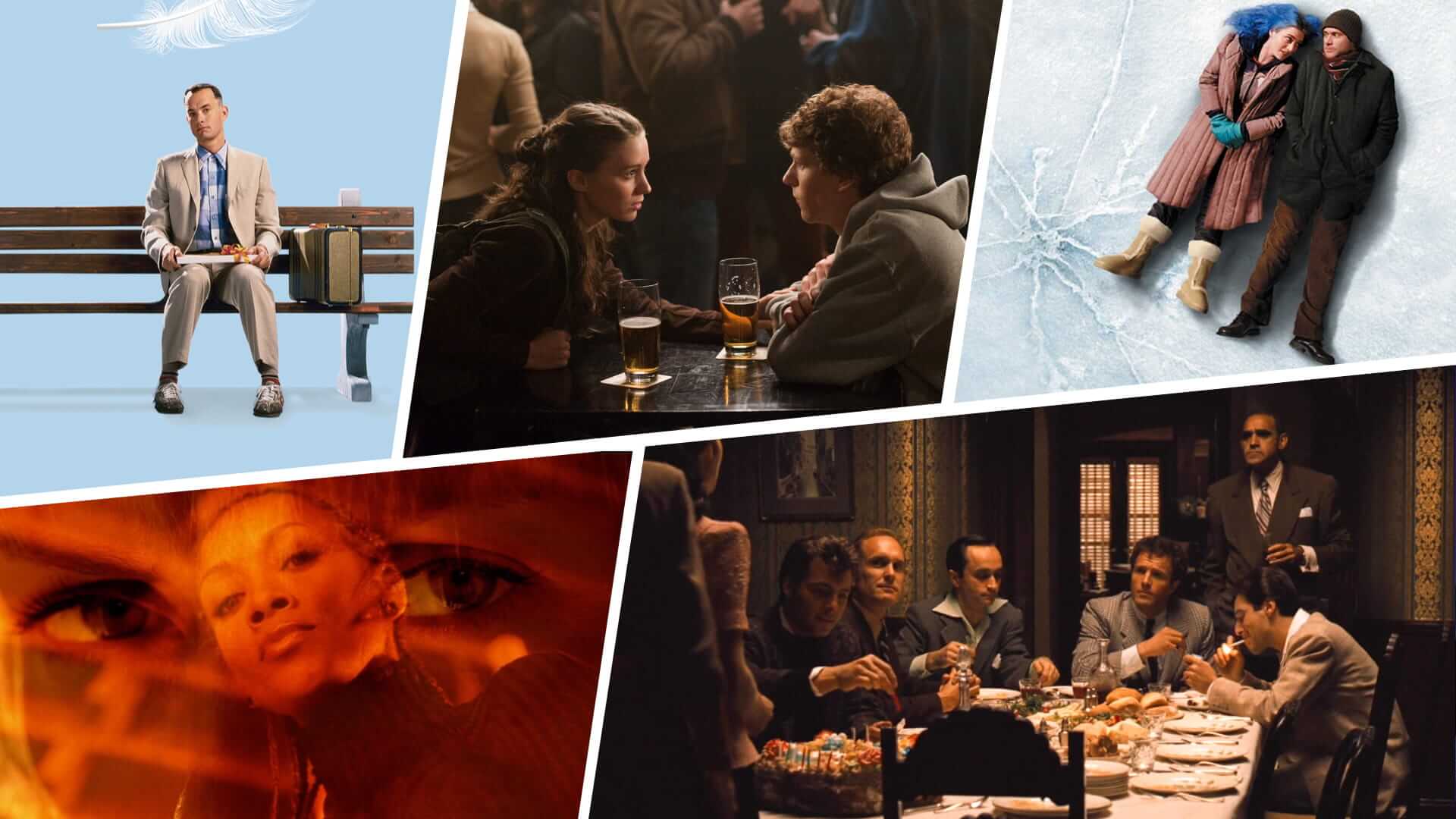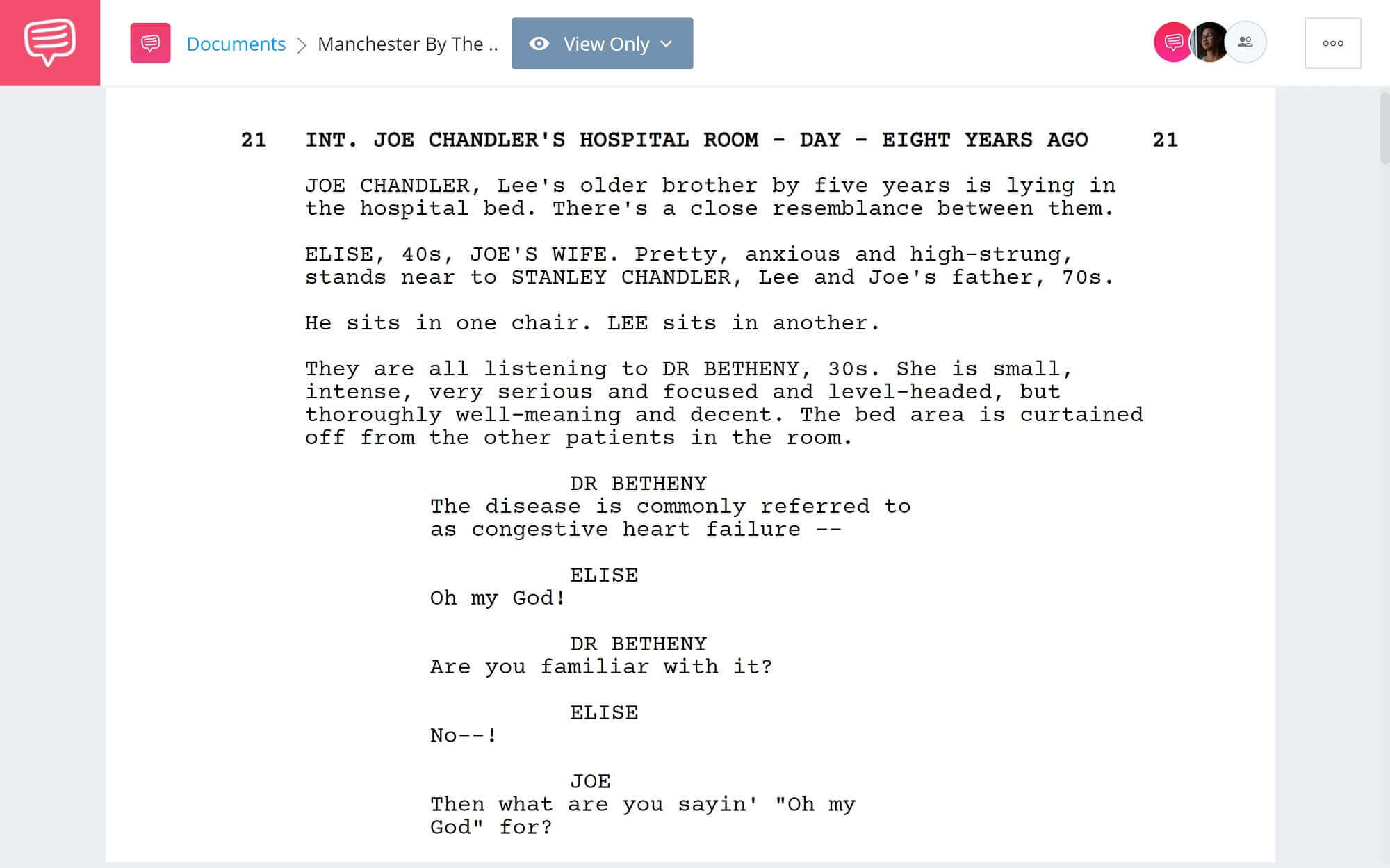Flashback is a term that we hear nearly every day in life — but what is a flashback in writing? A flashback is sometimes used to give context to the past, but there’s a lot more to the technique than that. We’re going to break down flashbacks by looking at how they’re used by writers, with examples from classical literature like The Odyssey and recent films like Manchester By The Sea. But before we jump into our examples let’s define flashback.
Flashback Definition
Flashbacks in literature
Do you ever get an overwhelming sense of the past? Characters in fiction also experience flashbacks. The difference is that you, the writer, are in complete control of what they are and how they fit into the overall storytelling. Let’s take a look at a quick video that answers the question: what is a flashback in literature?
What is a Flashback? • Flashback Definition Literature
Now that we know what a flashback is and what the general purpose is, let’s put our flashback definition down on paper. Then we get into some classic flashback examples in movies and literature.
FLASHBACK DEFINITION
What is a flashback?
A flashback is a writing device that’s used to interrupt the present storyline for a brief return to past events. Most of the time, flashbacks are not literal; the characters are not actually traveling into the past. Instead, they’re recalling a certain experience, visualized by the writer, with the intent of contextualizing or giving backstory to a character, event, or relationship.
Characteristics of a flashback:
- Establishes a narrative through-line
- Juxtaposes aspects of character or actions
- Re-contextualizes the present story in some way
Flashback Definition Literature
How to write a flashback in literature
Over the centuries, we’ve seen hundreds of books and short stories use them. Perhaps one of the first stories to use a flashback, also referred to as an analepsis, was Homer’s epic poem The Odyssey.
In The Odyssey, Odysseus harks back on his journeys in long-winded speeches. But instead of just hearing these stories, we’re actually brought back to them with Odysseus in a series of flashbacks.
Let’s listen to John Green explain the importance of The Odyssey, not only as a relic of literature’s past, but as a text that still has lasting importance for writers.
Flashback Examples • Homer’s Odyssey
In many ways, The Odyssey established what we have come to know as structural flashbacks — a narrative structure that is built upon the retelling of stories that lead to the present. This is just one of the different types of flashbacks.
Now in The Odyssey, the present of the story within the linear timeline begins in the middle, which is called 'in media res.'
As you can see, flashbacks can get a little complicated, especially when dealing with 2,800-year-old epics. Let’s take a look at a more contemporary example of structural flashbacks in literature.
Kurt Vonnegut’s Slaughterhouse Five is widely regarded as one of the great novels of the 20th century. Many of Vonnegut’s works are structured around the use of flashbacks — and Slaughterhouse Five is one of the best.
In the novel, we read about Billy Pilgrim, a former U.S. soldier who is “unstuck in time.” Vonnegut brings us into the past of Billy’s time in the war, but he also takes us into the future, with the use of flashforwards.
This next video brilliantly demonstrates Vonnegut’s approach to writing, told in his own words through flashbacks:
Flashback Examples • Blank on Blank
The audio in this video is taken from a lecture Vonnegut gave at NYU. Notice anything about the structure of his storytelling? Vonnegut can’t resist using flashback narratives — and he’s far from the only one.
Just think about how you might tell a fun story to a friend: “I was doing [something] at [a place] in [the year x]” you may say. We’re naturally wired to tell stories in flashbacks. That’s because our brains think linearly — from point A to point B.
So, what’s the benefit of telling your story solely in the present? Well, when you place action in the present, it adds urgency to the conflict and characters of your story. There’s no right choice, but it’s helpful to consider how using them will affect your story.
Flashback Examples in Movies
The art of a cinematic flashback
No matter how you cut it, pulling off a flashback in film is always going to be harder than it is in literature. A flashback in literature requires nothing "extra," but a flashback in film might require additional resources. For example, if the flashback goes back decades, an entire new set of props, costumes, and locations would need to be acquired. Keep this in mind when writing a flashback in a script.
Think about a time where you’ve watched something and it goes into a flashback. How do you know the film-world is now in the past? Usually, it starts with visual tone.
Let’s use Tim Burton’s Big Fish as an example. Big Fish is structured around the death of a man named Edward. On his deathbed, Edward tells his life story through a series of flashbacks. Burton does an excellent job of making them instantly recognizable.
Let’s take a look at how he does it:
Flashback Examples in Movies • Big Fish
There are 5 key reasons why can infer this scene is a flashback:
- Costuming
- Hair/Makeup
- Vernacular/Accents
- Set Design
- Visual Tone
Everything in this scene stands out, from the choice of words in the script, to the wardrobing of the characters, to the fuzzy film grain on the picture. Remember, don’t be afraid to exaggerate aspects of your production design or script to make your flashback stand out. Just look at the excellent job Burton does in Big Fish.
Big Fish does a tremendous job of showing us how to communicate a flashback visually, but how do we go about writing a flashback in a script? Let’s take a look at a couple scenes from Manchester By The Sea to see how writer Kenneth Lonergan does it.
Manchester By The Sea Script • Read ‘Flashback’ Scenes
Flashbacks are always written above the scene location in ALL CAPS BOLD lettering. This helps the reader to know where they are in the timeline of the story in a very clear, and purposeful way. Lonergan uses a lot of them in Manchester By The Sea.
It’s not an easy thing to do, but he does a masterful job of tying past arcs back to the present. One way to bind your timelines together is to address shared themes. A theme is a commentary on a topic that pervades throughout a story. In Manchester By The Sea, one major theme is overcoming the challenges of fatherhood.
We see this addressed in several examples, first in Lee’s time on the boat with Patrick, then in the horrific scenes with his own children in Manchester. This next video shows us in further detail how Lonergan layered theme into these scenes, both in the script and the final cut:
Flashback Examples in Movies • Manchester By The Sea
So, what’s the purpose of using a flashback? Well, they let us know what to expect in a story. They also allow writers to subvert our expectations by offering a twist in the present. When done well, they can give emotional context to something that we never would have understood without them. Just take cinematic masterpieces Sunset Boulevard and Citizen Kane for example.
Flashback Meaning
Flashback vs flash forward
What does flashback mean when compared to a flash forward? Every story exists linearly, but that doesn’t mean they have to be told in a linear fashion. Flashbacks and flash forwards allow writers to bring us into the past or the future. And, of course, for there to be a past and a future, there has to be a present.
Perhaps the simplest way to think about flashbacks vs. flash forwards is to look at a story that begins in media res (in the middle).
Let’s use Charles Dickens’ A Christmas Carol for example. This video shows us that we can still learn a lot from Dickens’ yuletide classic.
Flashbacks vs. Flashforwards • A Christmas Carol
How does A Christmas Carol use flashbacks and flashforwards? To answer that question, we have to start at the linear present, in which Ebenezer Scrooge laments the death of his business partner Jacob Marlay and takes his anger out on the world.
Scrooge is visited by The Ghost of Christmas Past and taken into, you guessed it, the past. Ah, a brilliant use of the flashback. But what will come of Scrooge should he choose not to change his ways? That’s where The Ghost of Christmas Yet to Come comes in, and whisks Scrooge into a nightmarish future. He shows Scrooge that if he doesn’t start acting nicer, he’ll die all alone, without a single tear shed.
By showing us the past, present, and future, all tied together by a theme of living life to the fullest, Dickens created an all-time classic.
UP NEXT
Explore more literary devices
The flashback is just one of many literary devices and types of figurative language, including exposition, symbolism, and story beats. If you're a writer and want to develop your craft fully, do yourself a favor and continue this exploration. The next article on literary devices is a gateway to many of these tools that help add substance and style to any type of written work.

